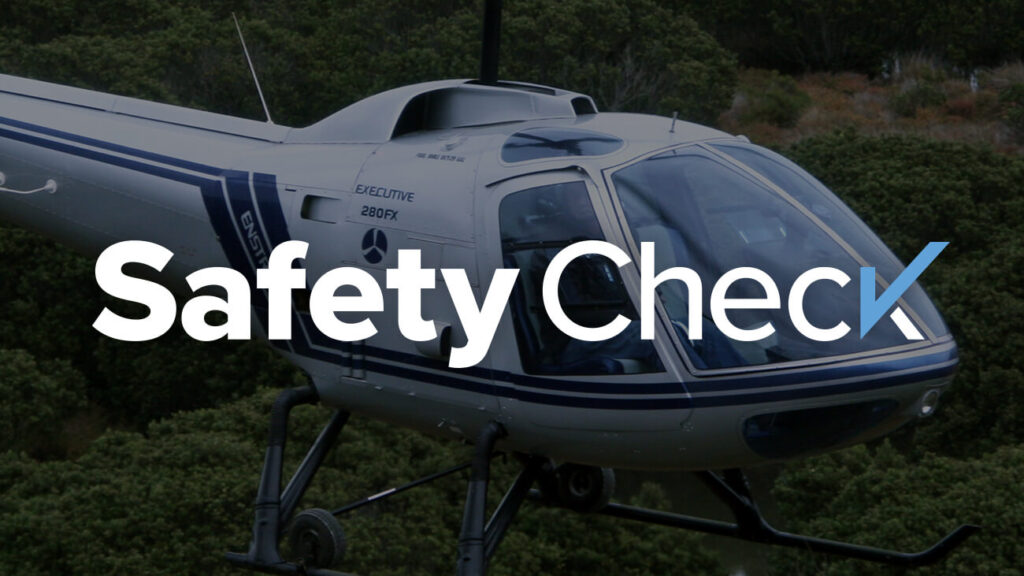Cell phones and soybeans, a guide for using cameras in the air

A few years ago, the minds at WIRED Magazine calculated the terminal velocity of an iPhone to be about 65 feet per second. Theoretically, they concluded, an iPhone falling hundreds of feet onto a soft surface would only see about half the amount of G force as an iPhone falling just three feet onto hard cement. A recent flight experience of mine seems to have proved that hypothesis.
I was attempting to take a few photos of our house from my 1941 Meyers OTW biplane. I’m usually quite careful, but that evening, I leaned a little too far out into the slipstream, and in an instant, the wind snatched the phone from my hands! I craned my neck and watched in disbelief as the smart phone careened down 700 feet into a soybean field. I turned to Apple’s “Find my iPhone” app, and with the help of my very patient wife, we found the phone about two hours later, completely unscathed. Whew!

1941 Meyers OTW biplane
We tend to take our phones, GoPros, and other camera equipment for granted these days. To capture that perfect shot from our aircraft, we might lean out just a little farther than we should, and then… RIP! There goes hundreds of dollars’ worth of equipment. While my story had a happy ending, a shattered phone screen could have been the least of my worries. If I had been in a helicopter, and my phone or hat had flown through the tail rotor, I could have been in for a very bad time.
But your gear doesn’t have to fly out the door to be dangerous. Loose equipment can prove unsafe inside the cockpit too, as we saw in the recent incident involving a CH-47, where an iPad fell and jammed the antitorque pedal. It’s an important reminder to secure everything in the cockpit before takeoff, even your personal tech. I’m planning to purchase a phone case with an attached lanyard, and I’ll insist my passengers do so as well.
Some pilots love to strap a GoPro to the outside of their helicopter. The results are often breathtaking and showcase all the incredible things rotorcraft can do. However, you still must guard against the possibility of the GoPro coming loose, getting sucked into an intake, or going through a tail rotor.
At Enstrom, we like to use a short secondary tether, so even if the mount breaks or the camera slips out, it won’t tumble away. True, the dangling camera might bang against some fairings or get crushed when we land, but I consider that far better than the alternative.
I’d also recommend you double check the Federal Aviation Regulations to confirm whether you should consider your mounted camera a major or a minor change as it relates to weight, balance, and performance. Here’s a quick reference guide from Flightfix you might find useful in making the determination. Remember, as the pilot in command, it comes down to your best judgment, and you are ultimately responsible.
The last thing I want to do is dissuade you from using your rotorcraft and phone camera to capture awe-inspiring photos. It’s a ton of fun! All I ask is that you take a few, simple safety precautions so you can save yourself a muddy walk of shame through a soybean field.
Dennis Martin is the Chief Commercial Officer for Enstrom Helicopter Corporation. He has been with Enstrom for more than 14 years, working in both sales and engineering, and has traveled to over 25 different countries. Dennis is a commercial-rated rotary and fixed-wing pilot, as well as an A&P/IA.
About Enstrom Helicopter
From Rudy Enstrom’s early designs in 1943 to initial testing in a Michigan Quarry in 1957 to aircraft operating on six continents, Enstrom Helicopter Corporation has maintained a reputation for safety, value and performance. Based in Menominee, Michigan and proudly made in the United States, Enstrom has a rich history for design innovation. The goal is to provide helicopters to the customer’s exact specification and deliver support and maintenance worldwide.